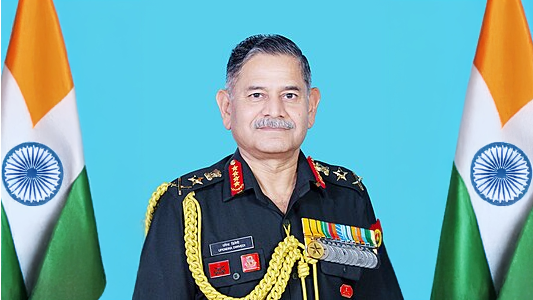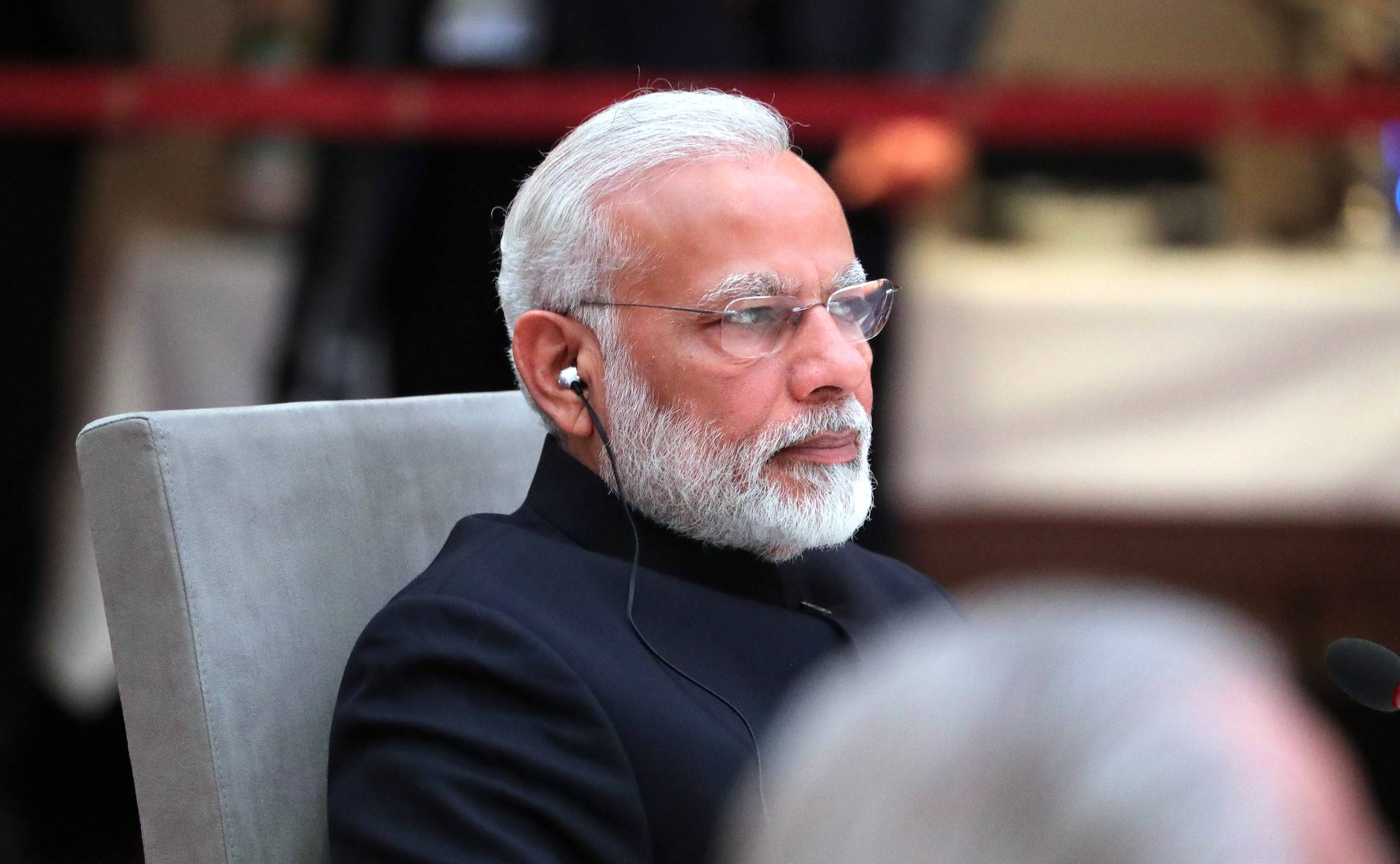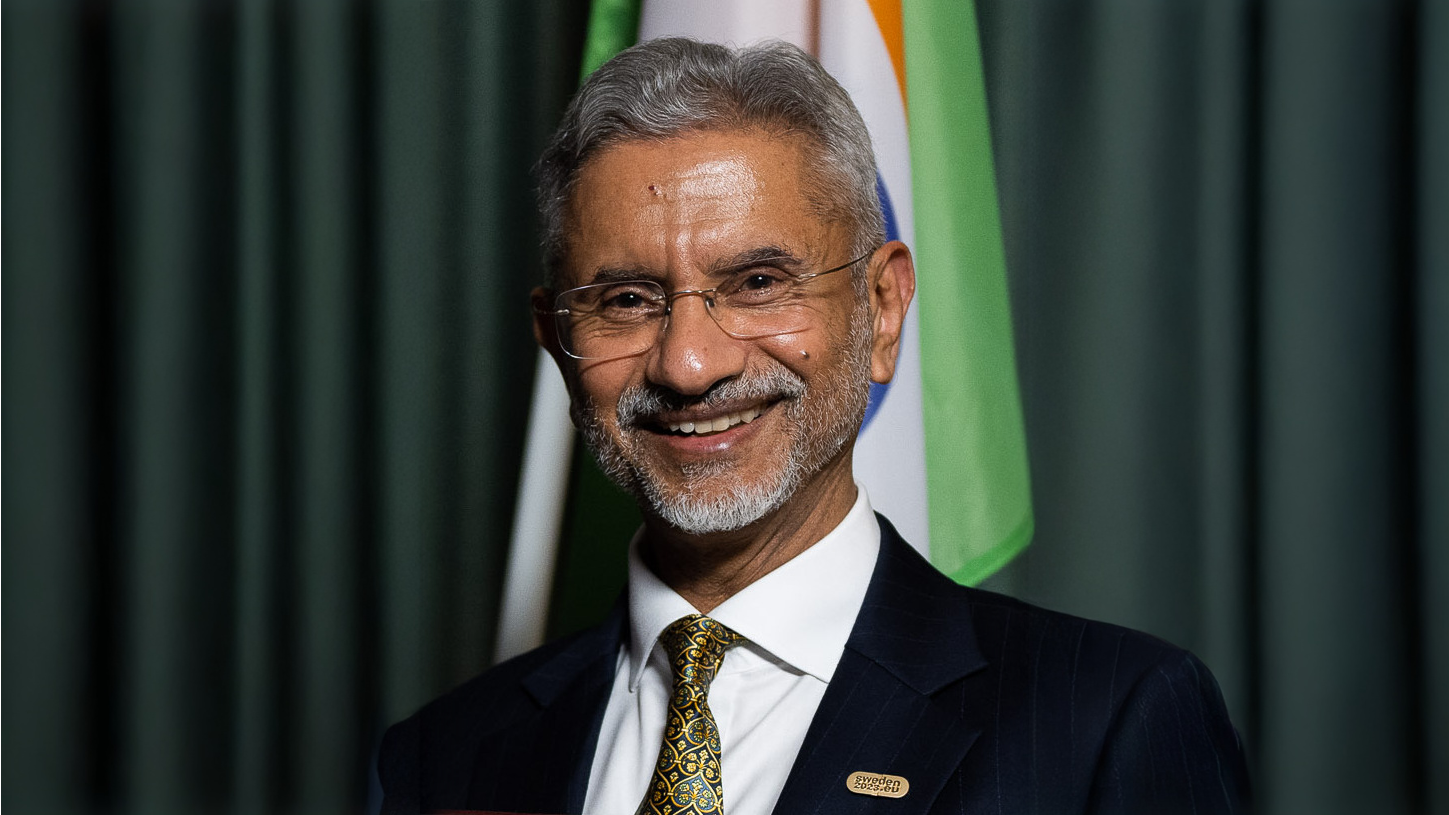India-Pakistan: Army Chief has cautioned that the next war could happen sooner than expected, stressing the need for the armed forces to prepare accordingly. He mentioned that during Operation Sindoor, the government had given complete freedom to the military, enabling them to act swiftly and decisively. The statement reflects growing concerns over security challenges and the importance of readiness to safeguard the nation.

India-Pakistan: Next War May Come Soon, Army Chief Issues Warning
Indian Army Chief General Upendra Dwivedi has warned of a possible war with Pakistan in the near future, stressing the need for the armed forces to be fully prepared. Speaking at IIT Madras on August 4 during the inauguration of Agnishodh—the Indian Army Research Cell (IARC)—he said, “The next war could happen soon. We must prepare accordingly, and this time, we will have to fight it together.”
On Operation Sindoor, General Dwivedi revealed that the government had given the Army complete freedom to operate. He compared the operation to a strategic chess game, where neither side knew the other’s next move. This, he said, is known as the “grey zone,” meaning the operation was not conducted in a traditional warfare manner.
Planning and Execution of Operation Sindoor
General Dwivedi explained that the plan was set in motion on April 25 during a visit to the Northern Command. The operation successfully destroyed seven out of nine identified terrorist hideouts, eliminating several militants. On April 29, he met Prime Minister Narendra Modi, emphasizing how the name Operation Sindoor resonated with and inspired the entire nation. This led many to question why the mission had been halted, to which, he said, adequate responses were provided.
What is Agnishodh?
Agnishodh marks a significant step forward in defense technology. Its goal is to enhance the skills of military personnel in areas such as additive manufacturing, cybersecurity, quantum computing, wireless communication, and unmanned systems. The initiative aims to build a technologically advanced and highly capable armed force.
Air Force Chief’s Account of Operation Sindoor
At an event in Bengaluru, Air Chief Marshal A.P. Singh disclosed that during Operation Sindoor, the Indian Air Force shot down five Pakistani fighter jets and destroyed a surveillance aircraft from nearly 300 kilometers away—a record for surface-to-air targeting. He praised the performance of India’s air defense systems, noting that Pakistan failed to breach them despite having advanced long-range glide bombs. He credited the recently acquired S-400 missile system as a game-changer.
He further stated that before-and-after images of Pakistan’s Bahawalpur strike showed complete destruction, with not only satellite images but also local media footage revealing the damage.
Pakistan’s Response
Pakistan’s Defence Minister Khawaja Asif dismissed the Indian Air Force Chief’s claims as “unbelievable” and “ill-timed.” He accused India of fabricating stories for political gain, warning that such false narratives are dangerous when both nations possess nuclear weapons. Asif alleged that Indian forces suffered heavy losses during the conflict and challenged India to open its aircraft inventory for independent inspection—though he expressed doubt that India would agree.
Background of Operation Sindoor
In the early hours of May 7, India carried out airstrikes on nine terrorist camps in Pakistan-occupied Kashmir, targeting locations including Kotli, Bahawalpur, Muridke, Bagh, and Muzaffarabad. The strikes reportedly killed over 100 militants and destroyed key sites linked to Lashkar-e-Taiba and Jaish-e-Mohammed, including the hideout of Masood Azhar. Pakistan’s state media confirmed the attacks but downplayed the damage.
Also Read:
- Stay Fit Daily with This Full-Body Yoga Exercise
- Health Tips: Simple Ways to Avoid Work Burnout
- Health Alert: Blurry Vision Isn’t Just an Eye Problem, It Could Be a Warning Sign
Author

Aditya
Aditya is a dedicated writer at InsightIndia.in, covering the latest news from across India with a focus on results and public updates. With a strong eye for accuracy and clarity, he brings timely information to readers, helping them stay informed about key developments and outcomes that matter.














